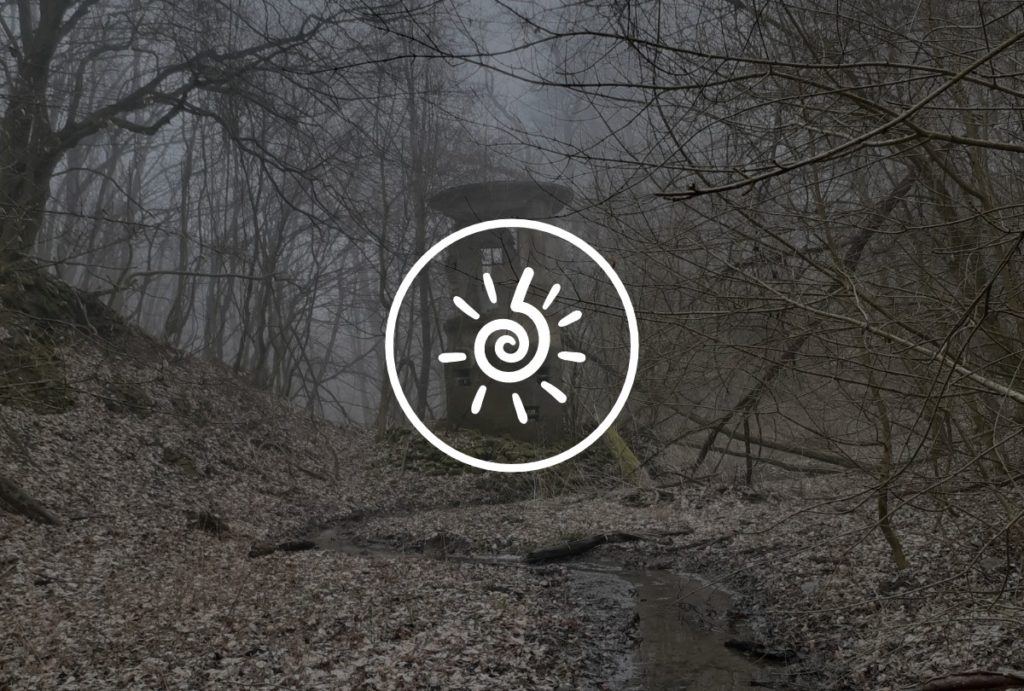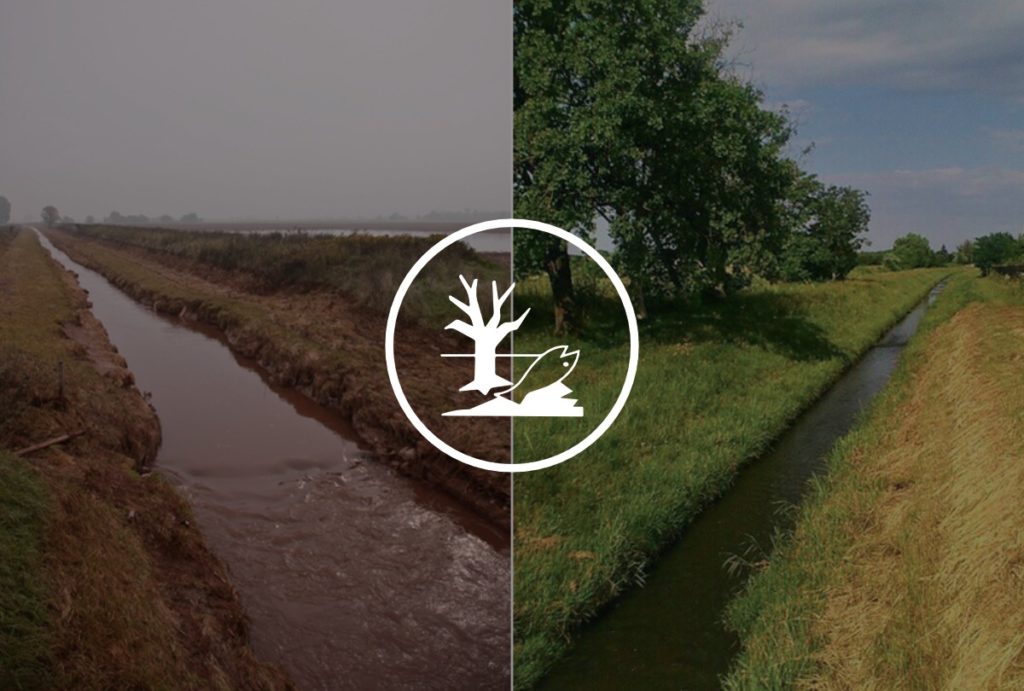Caches in Hungary
A cache is usually a container of various sizes. Each cache contains a notebook, so-called logbook, a pen or pencil and small items for exchange, which are left here by the cashers. Each cache has its own unique GC code. You can also find wooden coins in the caches, so-called SWG. You are welcome to keep these as a souvenir!

The magical six and the Grand Canyon of Kajárpéc
Let’s get to know the gorge of the Sokoró Hills! This natural formation is over 300 years old. Heavy rains following the local clay mining and the related felling of the forest in the area created this geological formation, which can still be seen today. The vegetation, which has been re-established over the decades, is home to many endemic species of animals and plants. A walk along the path to the cache reveals the protected lady orchid, which blooms between April and June, and the Oak of Six of local importance.

Nature fights back
This cache in Mecsek is located in an abandoned coal mine, whose water tower was blown up in the 1980s. Unfortunately, the site was not rehabilitated and no real recultivation took place. On the site, you can see how the remains left behind after the explosion have been reclaimed by nature again.

The journey of an aluminium can
Unfortunately, the Hungarian city Kolontár, which became a global attraction in 2010, did not suddenly draw the attention of people because of its natural beauty. It is the site of the red sludge disaster, a perfect illustration of the consequences of human negligence. If we go in search of this cache, we can learn about the path of the highly alkaline red mud, which is dangerous to humans and wildlife, and observe the results of years of recovery work, the rebirth of Kolontár.

Gömörszőlős - the sustainable village
The Sustainable Village Programme, launched by the Institute of Ecology in the tiny village, has managed to save several buildings and workshops of cultural significance. The main aim of the Institute is to show people how to live a more sustainable life by using the resources at hand without taking more than we need and what nature provides. The village and its surroundings are a good example of this method of life, where visitors can learn about deep mulch gardening, permaculture or even traditional animal husbandry. As you go hunting for the cache, you will also discover the centuries-old orchard hidden between the hills near the village.

Lilies of the valley
This cache will take you to a nature reserve of local importance. The forest here is one of the remaining woodlands that once existed here and is home to many endemic species of animals and plants. It is a great place for travelers seeking tranquillity. Open your senses and let the singing of birds flow though you!

Where nature meets ancient industry
Get to know one of the last ancient blast furnaces of Europe. Finding this cache will guide you to ancient times when the steel industry was just unfolding. The metallurgical monument and its surroundings show us how people used the benefits of nature as well as how important real rehabilitation of an area is.
Activity in Hungary is led by National Society of Conservationists
The National Society of Conservationists – Friends of the Earth Hungary (NSC-FoE HU) is a community of over 100 Hungarian environmental and nature protection organizations, the main goal of which is to protect nature as a whole and to promote sustainable development. The members of the Society, founded in 1989, are present in all counties of Hungary and fight for the protection of our natural values and the prevention of environmental pressures. NSC-FoE HU is a member of different European and international networks, such as Friends of the Earth, CEE Bankwatch, CEEweb for Biodiversity, CAN Europe, Eurodad, European Environmental Bureau and IUCN.



